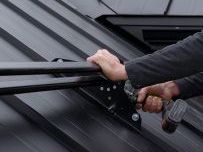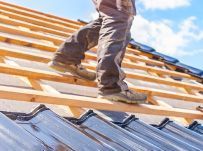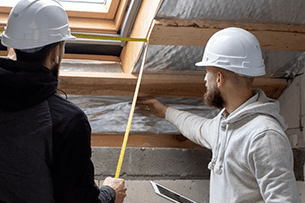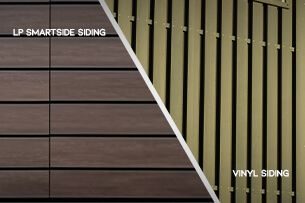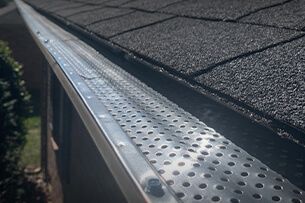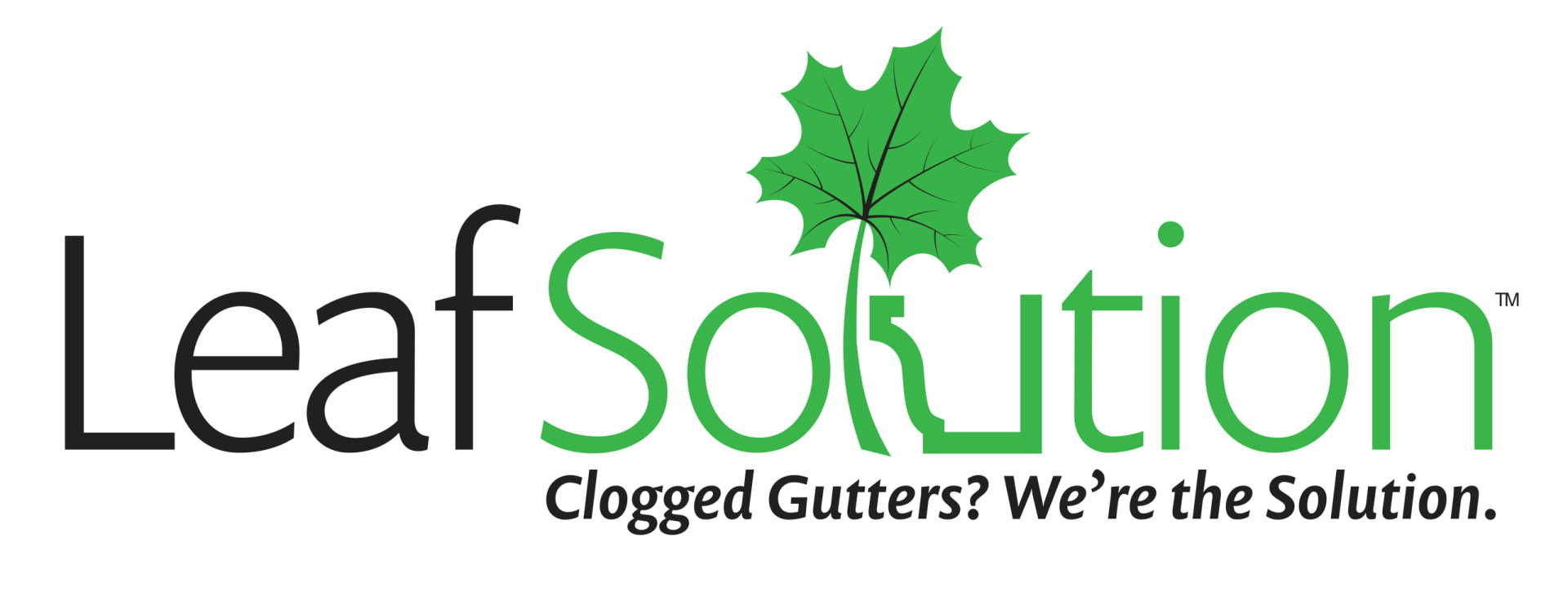Roofing Materials 101
What is roof damage?
How can I prevent roof damage?
- Shingles are broken, curling, damaged or missing
- Moisture damage in the form of wet spots in the attic or crawl spaces
- Missing granules- fragments of which are often found in the gutter guards system
- Mold in the attic, found in rafter beams and the plywood on the underside of the roof
- Roof rot and algae growth seen
- Damaged flashing or siding
How can I benefit from regular roof maintenance?
When do I get a new roof?
Which type of roofing materials can I use?
There are different functionalities that different types of roofs provide. This depends on the materials selected in building the roof. There are various options available in the market today, depending upon the aesthetic choice, budgets and choice of materials that is preferred by the homeowner.
The most popular types of roofs on the market today are
- Flat roofing
- Tile roofing
- Metal roofing
- Shingles
Flat Roofing
The traditional option is constructed with hot tar-and-gravel, it uses 3 or more piles of waterproof materials with hot tar that is then covered by a layer of smooth stone. While this type of roof was originally constructed from tar paper, there is usage of a more complex process as well as technologically advanced materials today. Materials that are more durable like fiberglass membranes are being used in the construction of flat roofs today. Flat roofs are often popularly selected by homeowners because of their favourable qualities like being fire retardant, being inexpensive and having the aesthetic appeal of looking attractive even for the decks and windows that often command a view of the roof.
Tile Roofing
A material more suited for warmer locations, tile roofing as the name suggests, is done with tiles made of clay or concrete or slate. They are popularly chosen because of their agreeable qualities such as durability and energy efficiency. They are also a safe option due to the non-combustible nature of the materials. Aesthetically, clay and concrete contribute towards adding elegance and texture to the roof. Being on the heavier side, it is important to get it framed and installed by professionals.
Metal Roofing
Typically used in commercial building set-ups due to the constant noise from rain and wind, metal roofing is now becoming a favoured choice. Manufacturers today are working tirelessly to ensure that these metal roofs stay silent and no noise is heard inside the homes. Added benefits such as durability, longevity, and excellent solar reflection which helps in keeping the home cooler in summers and warmer in winters, are pushing homeowners to select metal roofs. Though on the higher side of pricing, metal roofs are comparatively light-weight, recyclable and resistant to extreme weather conditions making them worth the investment. Metal roofs are generally made of aluminium, steel or copper. Aluminium is lightweight and resistant to rusting, however it is brittle as compared to other metals. Steel is durable, and while it is heavier than aluminium, it is still a better option. However, in order to protect it from rusting, it requires various kinds of coatings. Copper, being the most expensive of the lot - has the most agreeable characteristics. Copper doesn’t need to be coated in finishings, is naturally resistant to corrosion, can be easily bent as it is flexible and soft by nature.
Shingles
Shingles are the most cost-effective option having the maximum returns-on-investment of all the roofing materials. They thus continue to be one of the most popular options when it comes to roofing options. They offer a wider variety of advantages with very few pitfalls. They also offer a large range of aesthetic choices of colors and textures to match the rest of the house.
Basswood Roofing has a team of experienced roofers that provide consultation on storm damage to roof, roof repair, as well as roof replacement, installation of new roofs and take you through the process of selecting the right roof tiles to match your roof type. We also provide consultations on commercial roofing, siding, vinyl siding, rain gutters and roof visualizer services .
Contact Basswood today to avail our services.

